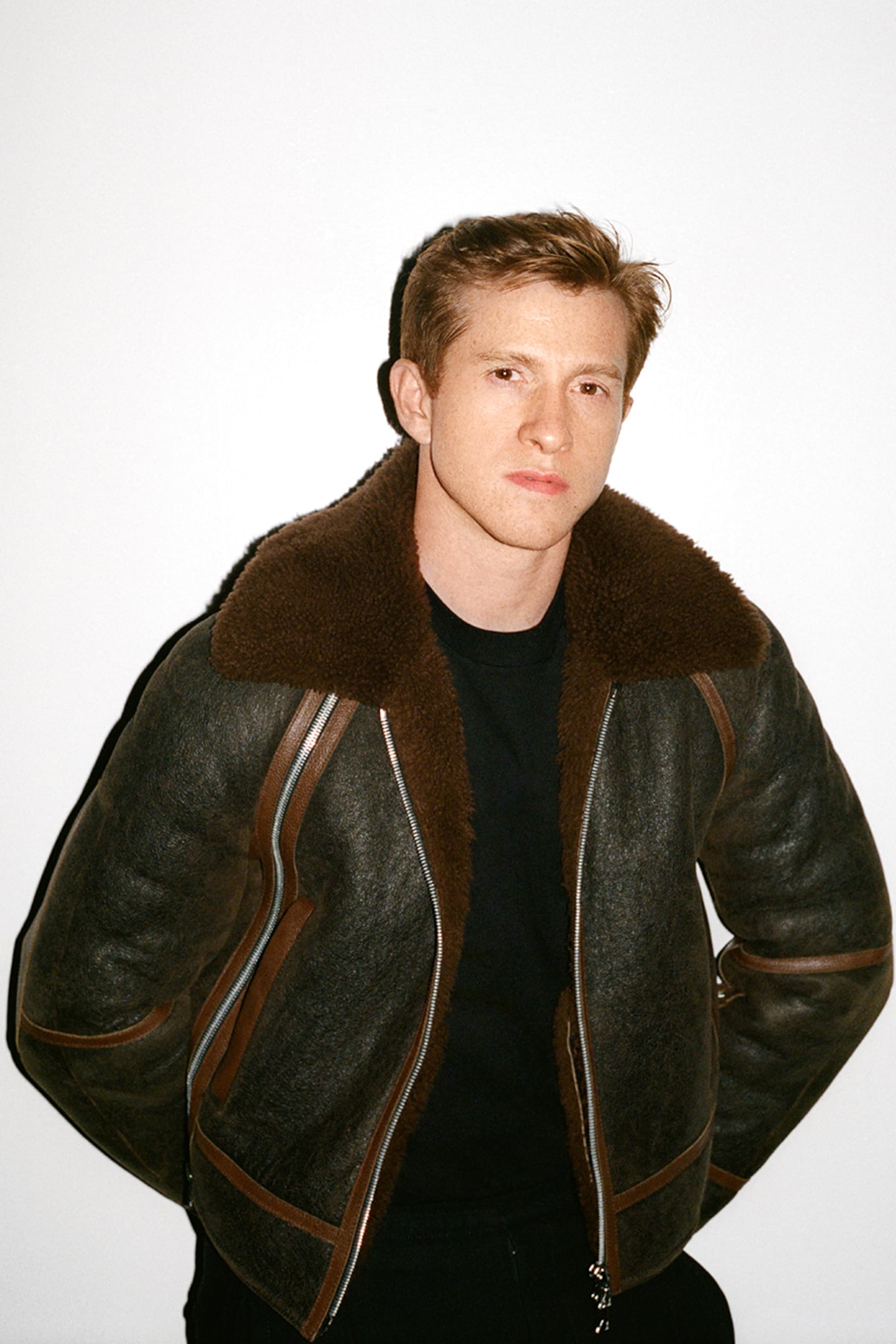
The Business of Fashion
Agenda-setting intelligence, analysis and advice for the global fashion community.

Agenda-setting intelligence, analysis and advice for the global fashion community.

Daniel Lee, the British designer whose sensual pop minimalism helped revive Bottega Veneta, has been named Burberry’s next chief creative officer.
Lee will succeed Italian designer Riccardo Tisci, who has held the role since 2018, starting next Monday. He will present his first collection at London Fashion Week in February 2023, Burberry said.
The designer change marks the first major move made by new CEO Jonathan Akeroyd, who joined Burberry from Versace in March, and is tasked with accelerating the British heritage house’s top line.
Akeroyd, who arrived at Burberry mid-way through a years-long turnaround spearheaded by his predecessor Marco Gobbetti, is set to present his plan for fuelling sales when the company reports interim results in November. Having a revamped creative structure already in place could reassure investors that the company is ready to take decisive action.
ADVERTISEMENT
“Daniel is an exceptional talent with a unique understanding of today’s luxury consumer,” Akeroyd said in a statement. “I am confident he will have the impact we are aiming for in this next phase.”
Lee, who had previously worked in the studios of Phoebe Philo’s Céline and at Donna Karan, was unknown to consumers as recently as 2018, when Kering appointed him creative director of its Bottega Veneta label at age 32.

During a three-year tenure at the house, which is known for its leather-weaving techniques and logo-free products, Lee deployed ultra-touchable materials, unexpected proportions and bold colors to create a line-up of striking, instantly recognisable products.
Bags like the squishy “Pouch” clutch and puffy “Cassette” crossbody rapidly turned around Bottega Veneta’s sales, which had been slipping for several years. Revenue rose to nearly €1.2 billion in 2019 and managed to keep growing through 2020, a year when the coronavirus pandemic drove down global luxury sales by 23 percent, according to consultancy Bain.
Under Tisci and Gobbetti, Burberry has adopted a sharper, more modern image while positioning the brand more firmly in the luxury space. Tisci’s graphic, street-savvy designs helped attract younger consumers, particularly for the brand’s menswear. But his slightly kinky, twisted formalwear concept for women didn’t resonate broadly enough to restore Burberry’s sales momentum after it cut out more accessibly priced lines, and risked alienating the brand’s historic base of conservative dressers.
Burberry has made progress in leather goods (accessories now make up more than a third of revenues, following a major strategic push) and is able to tout a higher proportion of full-price sales as the brand seeks to move away from discounting. Revenues for the fiscal year ending April 2, 2022 rose above pre-pandemic levels to £2.8 billion ($3 billion), with comparable retail sales growing 6 percent on a two-year stack.
By contrast, luxury leaders like LVMH and Chanel saw sales jump more than 20 percent last year, suggesting that even if Burberry’s business is in stronger shape than it was a few years ago, its share of the market has continued to slip. Meanwhile, the company is set to lose its chief financial and operating officer, Julie Brown, who is departing next year to join pharmaceutical giant GSK.
At Bottega Veneta, Lee introduced successful bags like the Cassette and shoes like square-toe pumps and Puddle boots, creating commercial hits in those high-margin categories without relying on logos. Burberry, which has made progress in leather goods but still depends more heavily on ready-to-wear than rivals, could use a similar boost.
ADVERTISEMENT
“So far, the British brand has struggled to make its mark in [bags and footwear] categories and create high-profile iconic products,” Bernstein analyst Luca Solca said. “Daniel could open this opportunity.”
Tisci’s final collection for Burberry, which was presented Monday in London, drew an international A-list crowd — reflecting the designer’s global, interdisciplinary vision for the British brand as well as his enduring pull. Rappers Ye (formerly Kanye West) and Stormzy, producer Lena Waithe and actor Vachirawit (Bright) Chivaaree sat alongside some of fashion’s most influential names, including Anna Wintour and Carine Roitfeld.
Tisci rose to fame as Givenchy’s creative director for 12 years, where he broke down barriers between fashion and pop culture, opening the rarefied world of French luxury to stars like West, Beyonce and the Kardashians. His work laid the groundwork to today’s celebrity- and social media-driven fashion discourse, and drove forward the industry’s inclusivity in terms of gender, age, and ethnicity.
During his career, Tisci has shared the spotlight with muses and collaborators including trans model Lea T, performance artists Marina Abramović and Anne Imhof, DJ Arca, and designer Donatella Versace, who starred in his 2015 Givenchy campaign. The designers’ close and public friendship has long fuelled speculation that Tisci is being courted as Versace’s successor.
The LVMH-linked firm is betting its $545 million stake in the Italian shoemaker will yield the double-digit returns private equity typically seeks.
The Coach owner’s results will provide another opportunity to stick up for its acquisition of rival Capri. And the Met Gala will do its best to ignore the TikTok ban and labour strife at Conde Nast.
The former CFDA president sat down with BoF founder and editor-in-chief Imran Amed to discuss his remarkable life and career and how big business has changed the fashion industry.
Luxury brands need a broader pricing architecture that delivers meaningful value for all customers, writes Imran Amed.